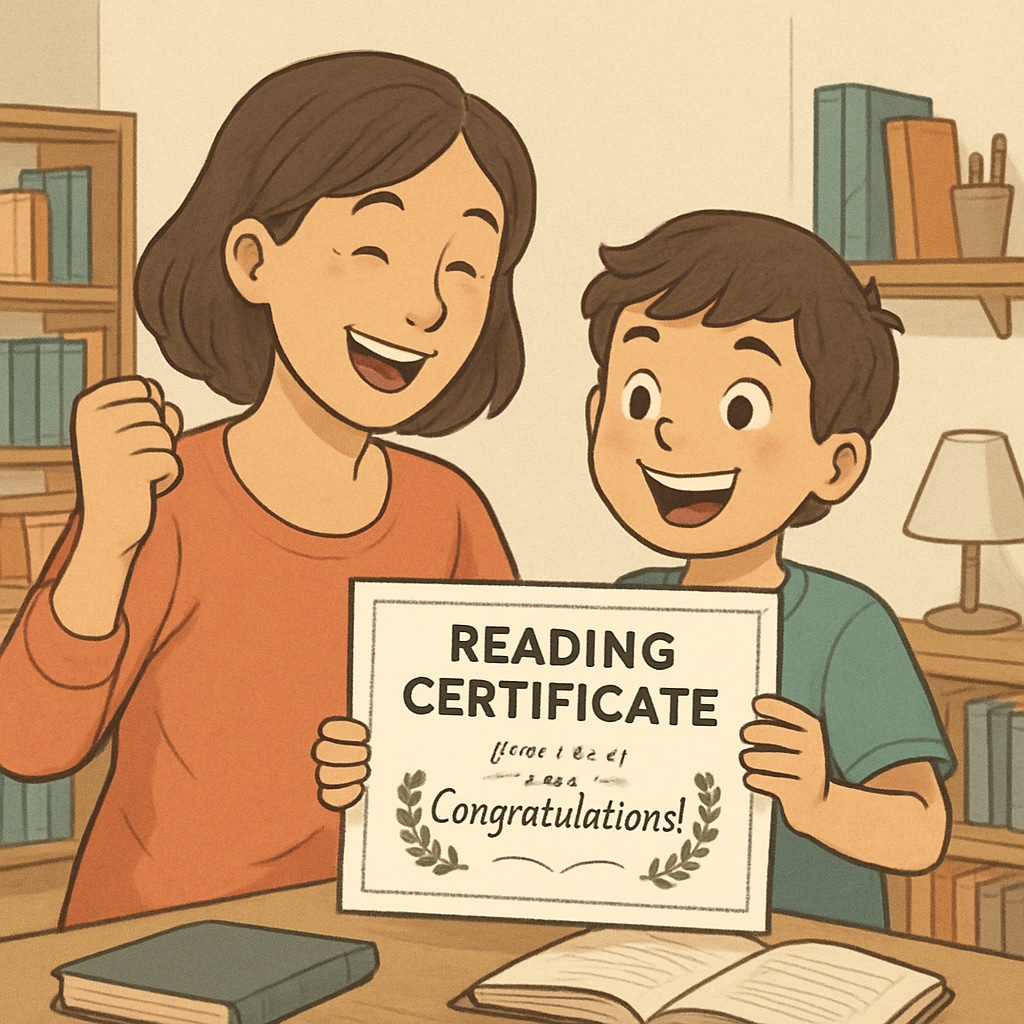For parents and educators looking for cost-effective ways to replace the AR point system, the challenge lies in creating engaging and practical alternatives. The AR point system, which uses reading comprehension tests to award points for books read, has been widely popular in schools. However, its cost and limitations can make it less accessible for families wanting to implement similar strategies at home. This article explores free alternatives to the AR point system, focusing on custom quizzes, innovative rewards, and creative ways to inspire children to develop strong reading habits.
Why Move Beyond AR Points?
The AR point system has proven effective in motivating children to read more books, but it isn’t without flaws. For example, it often places emphasis on earning points rather than nurturing a genuine love for reading. Additionally, the software can be expensive for families or schools with limited budgets. Moving beyond AR points allows parents to tailor a system that fits their child’s unique interests and needs while fostering intrinsic motivation to read.

How to Create Custom Reading Comprehension Tests
Creating personalized reading comprehension tests is a great way to replicate the benefits of the AR point system without the cost. Here are some simple steps you can follow:
- Select age-appropriate books: Choose books that align with your child’s reading level and interests to ensure engagement.
- Draft questions: Develop open-ended and multiple-choice questions based on key themes, characters, and events in the book.
- Use online tools: Platforms like Google Forms or Quizlet allow you to create digital quizzes that are easy to share and track.
- Test comprehension: Focus on questions that encourage critical thinking rather than rote memorization.
By involving your child in creating quizzes for books they’ve already read, you can make the process collaborative and fun. For example, they can help design questions for family members or siblings to answer.
Creative Incentives for Reading Success
While the AR point system uses numerical rewards, families can explore more personalized and meaningful incentives. Here are a few creative ideas:
- Reading milestones: Create a progress chart where your child earns stickers or tokens for each book completed, leading to small prizes like a favorite snack or a family outing.
- Book-themed rewards: Celebrate achievements with rewards tied to reading—such as a new bookmark, personalized bookplate, or even a visit to the library to pick out a new book.
- Peer sharing sessions: Host book-sharing events where your child can discuss their favorite stories with friends or family, earning recognition for their insights.
- DIY certificates: Design certificates to celebrate milestones like finishing a challenging book or reading a set number of pages.
Creating incentives that resonate with your child’s interests will make the reading experience more rewarding and encourage sustained engagement.

Fostering Intrinsic Motivation
The ultimate goal of any reading incentive system is to cultivate intrinsic motivation. This means helping children develop a genuine passion for books rather than reading solely for external rewards. To achieve this, consider the following strategies:
- Model reading behavior: Let your child see you reading, and talk about what you enjoy in the books you’ve read.
- Encourage exploration: Allow your child to choose books that pique their curiosity, even if they aren’t traditional “educational” reads.
- Create a cozy reading environment: Set up a comfortable reading corner with soft lighting, cushions, and access to a variety of books.
- Celebrate stories: Make reading a social activity by sharing bedtime stories or discussing books together as a family.
By focusing on intrinsic motivation, families can ensure that reading becomes a lifelong habit rather than a temporary activity tied to rewards.
In conclusion, replacing the AR point system with a free, family-driven alternative can be both feasible and enriching. With custom reading comprehension tests, creative rewards, and a focus on fostering intrinsic motivation, parents can effectively inspire their children to love reading. By tapping into your child’s unique interests and creativity, you can design a system that turns reading into a cherished activity rather than a chore. For more information on reading strategies and child development, visit resources like Reading on Britannica or the Reading Process on Wikipedia.
Readability guidance: Use clear and concise language, short paragraphs, and visual aids (like charts or certificates) to make the content accessible for parents and educators. Distribute keywords evenly and provide actionable tips to enhance engagement.


